The Mercedes W15 is a clear cut with the recent past of Mercedes in the ground-effects era, integrating the aerodynamic concept of the Red Bull RB19.
Distinctive elements of this integration are not only recognizable in the sloping sidepods but also in the decidedly rearward position of the cockpit, apparently by around 10cm. These are the characteristics of a car which appears conventional and similar in its design to its direct competitor, the RB20.
But there are at least two areas in which 'original solutions' from the Brackley team are visible, starting with the front-wing and flap assembly.
Specifically, in the neutral central section of the wing, the individual flaps, by regulation, should all be connected to the nose, via an airfoil that respects the 3:1 ratio of the chord to the thickness.
Whilst the first of the two flaps respect these rules, the last flap in the central section is drastically reduced to the size of a Gurney flap - and does not respect the 3:1 ratio between chord and thickness, and almost overlaps the previous flap.
This is a solution that is very borderline at a regulatory level, with the function being to increase the out-wash of air and smooth the passage of the airflow to the sidepod inlets.
Viewed by others:
The second most salient element of the W15 are the sidepod inlets, which are characterised by an opening that extends downwards to the sides of the chassis, effectively channelling the air exiting the central section of the front-wing, which did not undergo an exit lift thanks to the reduction of the flap chord at that point.
Furthermore, the gearbox has been shortened by approximately 3cm and the rear suspension, as already seen on the Aston Martin AMR24, has switched to push-rod.
It seems legitimate to argue that the Mercedes W15 is a car that only appears conventional according to its following the widespread aerodynamic trends of the grid, but which hides elements that went beyond the simple cloning of proven winning concepts.
Don't miss out on any of the Formula 1 action thanks to this handy 2026 F1 calendar that can be easily loaded into your smartphone or PC.
Download the calenderMost read
In this article
F1 2024 launch season RN365 News dossier
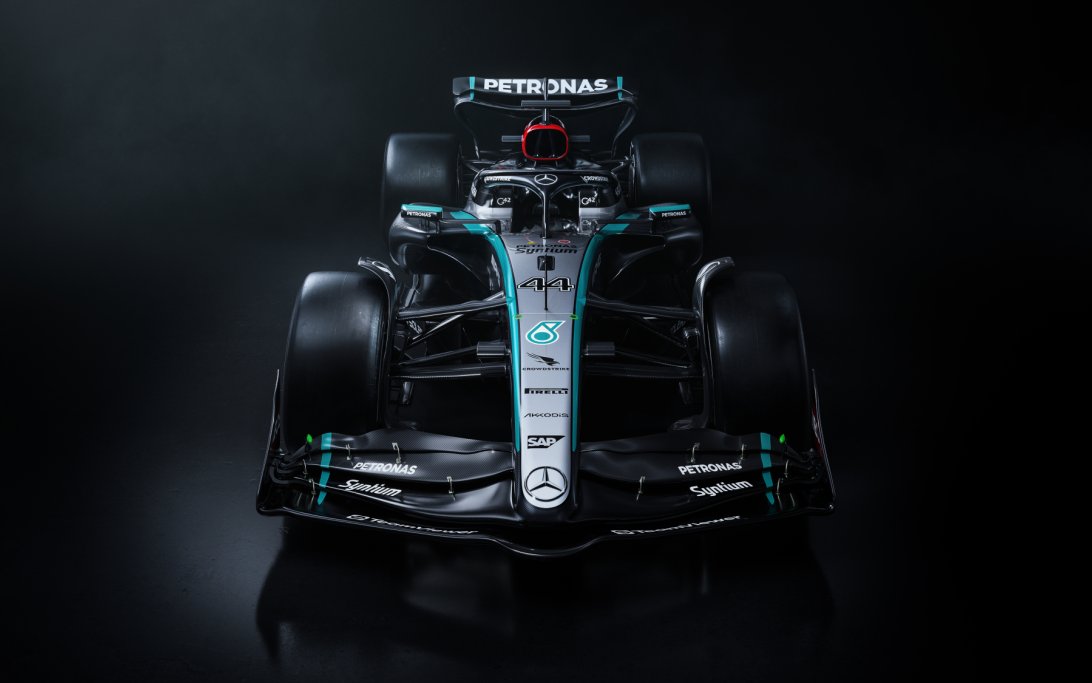
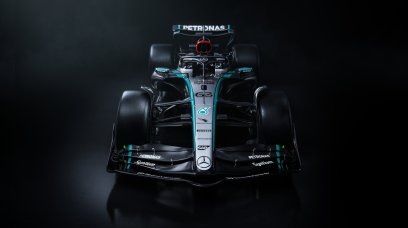
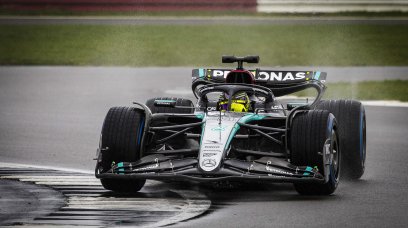




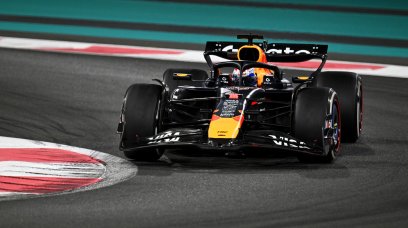




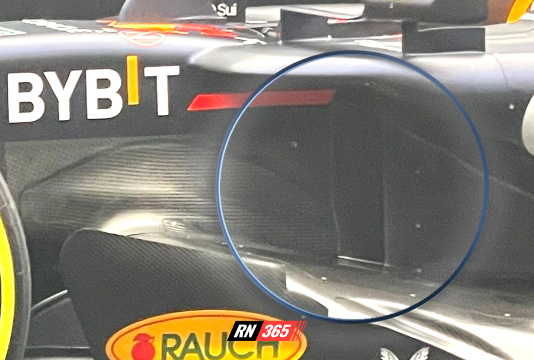

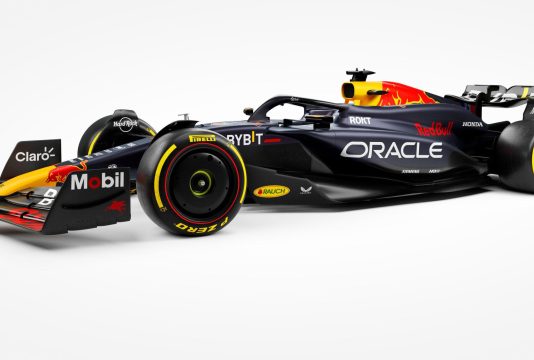
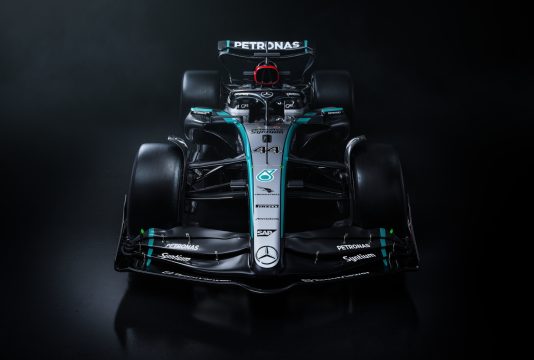
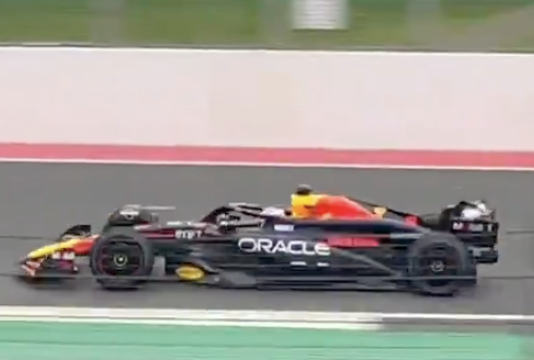

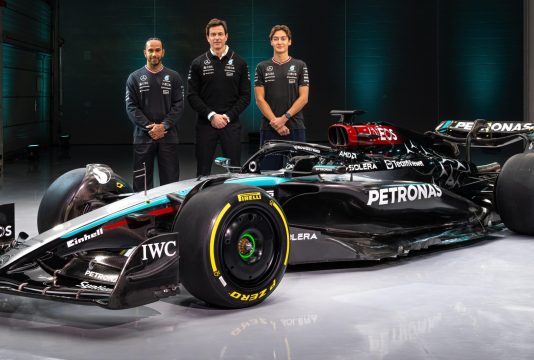
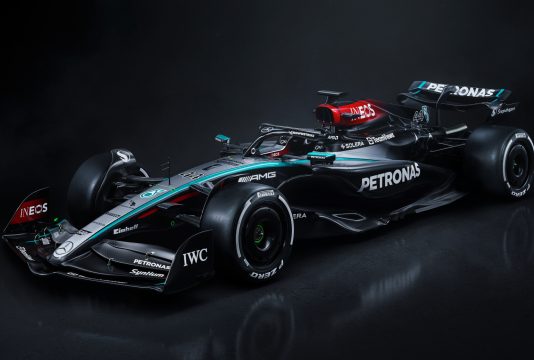
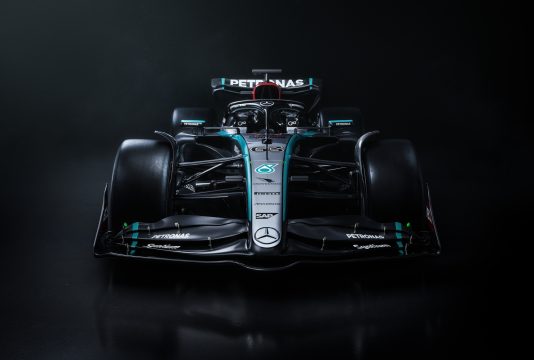

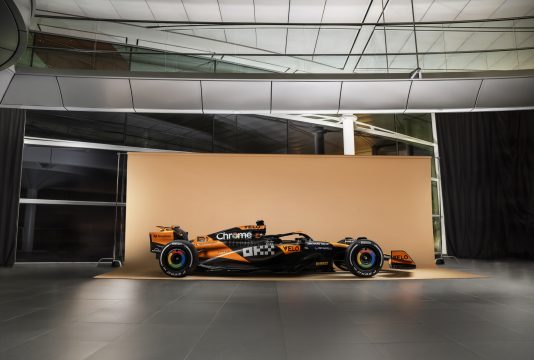
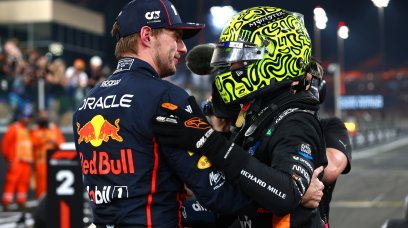
Join the conversation!